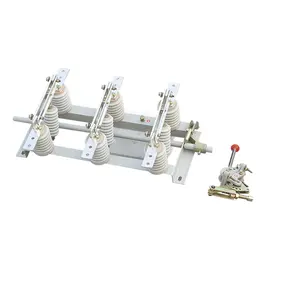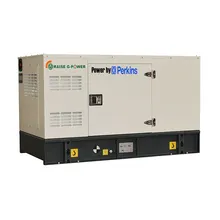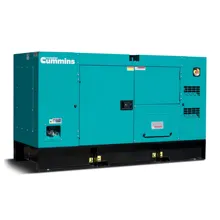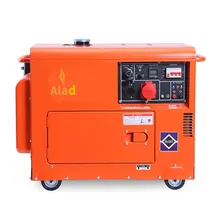Understanding Isolated Ground Switches
Isolated ground switches are specialized electrical devices designed to enhance safety and protect sensitive equipment from electrical noise. These switches are a crucial component in electrical systems where a clean ground is necessary, such as in medical facilities, data centers, and audio/video installations.
Types and Features
The variety of isolated ground switch models cater to different needs, with some offering disconnection capabilities akin to switch disconnectors, while others provide more nuanced control similar to other switches. Features may vary, including the presence or absence of a neutral position, indicating whether the switch is a two-position (on/off) or a multi-position device.
Applications and Utility
Isolated ground switches are not limited to a single application but are instead utilized across various industries. Their primary function is to prevent electrical interference in sensitive equipment, making them indispensable in environments where signal clarity is paramount.
Construction and Materials
The construction of an isolated ground switch often involves robust materials such as steel, ABS, or aluminum alloy, ensuring durability and longevity. The choice of material can influence the switch's suitability for different environments, whether it's a residential, commercial, or industrial setting.
Advantages of Isolated Ground Switches
The main advantage of using an isolated ground switch lies in its ability to reduce electromagnetic interference, which can be critical for the performance of sensitive electronic equipment. By isolating the ground from the main grounding system, these switches help in maintaining the integrity of the electrical system.
Selection Considerations
When selecting an isolated ground switch, it is important to consider the specific requirements of the application, including the current rating, the environmental conditions, and the type of equipment being protected. The color and design may also be factors, depending on the installation's aesthetic or coding requirements.












































 浙公网安备 33010002000092号
浙公网安备 33010002000092号 浙B2-20120091-4
浙B2-20120091-4